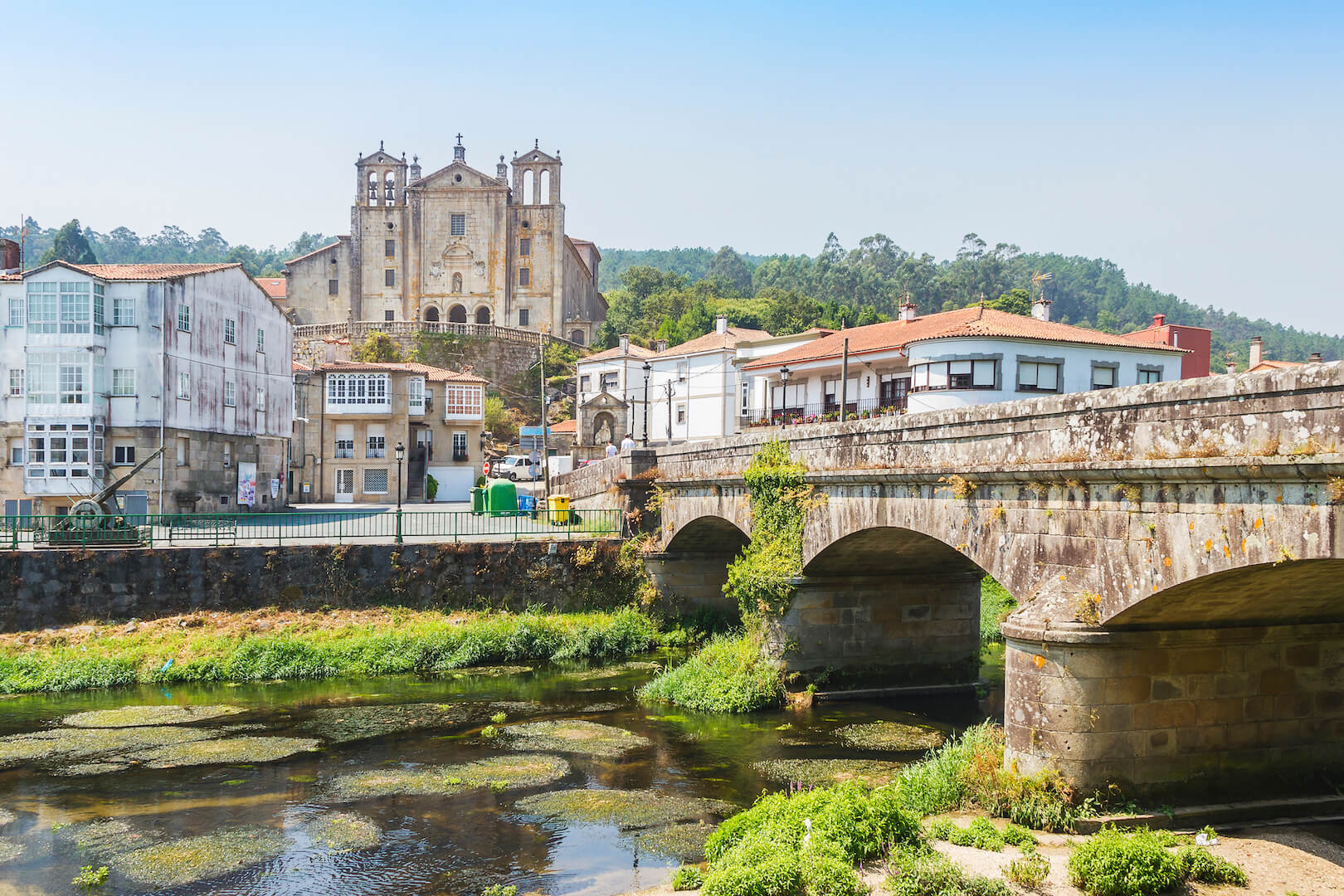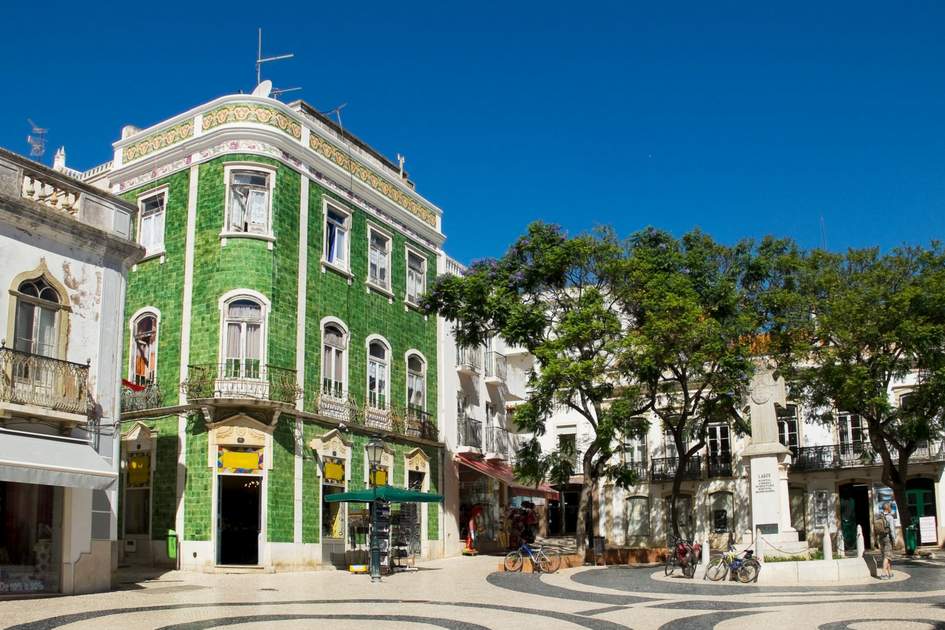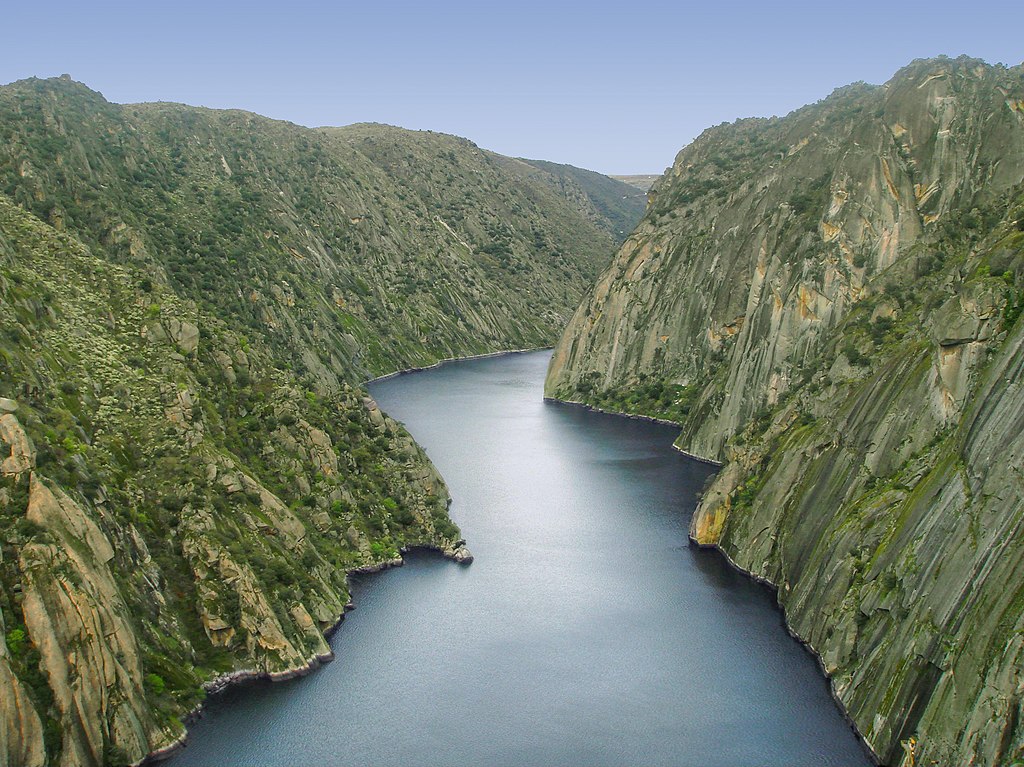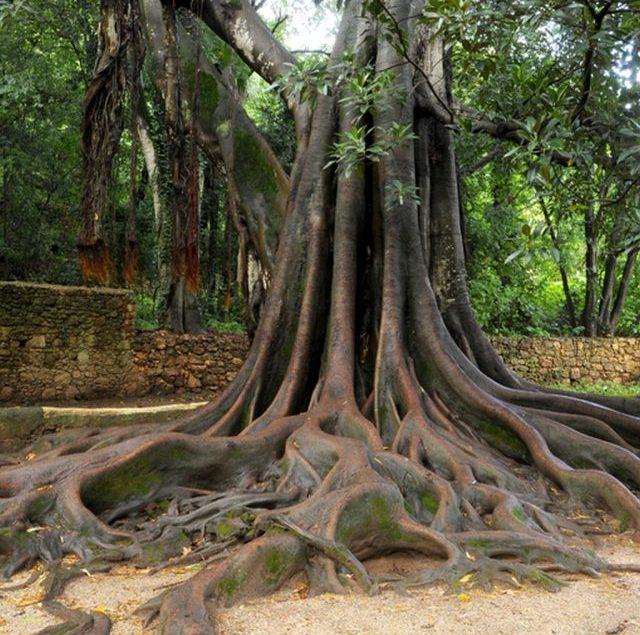
There’s something timeless about stepping onto an ancient path, feeling the stones beneath your feet and the wind on your face, knowing countless pilgrims before you have walked the same route. The Camino Portugués, Portugal’s Way to Santiago de Compostela, offers a unique pilgrimage experience that blends history, culture, scenic beauty, and personal reflection.
Whether you’re a first-time pilgrim or a seasoned walker, this guide will take you from Porto to Santiago, weaving practical advice with evocative storytelling for every stage of the journey.
Why Choose the Camino Portugués?
The Camino Francés may be the most famous route, but the Portuguese Way has its own magic. Here’s what sets it apart:
-
Quieter and more intimate: Smaller crowds allow for reflection and connection.
-
Diverse landscapes: From Atlantic beaches to lush forests, rolling vineyards, and historic towns.
-
Cultural immersion: Engage with Portuguese and Galician traditions, cuisine, and architecture.
-
Flexible routes: Choose between coastal or inland paths depending on pace and preference.
-
Spiritual and historical resonance: Pilgrims have walked these paths for centuries, leaving an imprint that still resonates today.
Starting Points
-
Lisbon Route: Roughly 610 km, best for long pilgrimages (4–6 weeks), less crowded, rich in culture.
-
Porto Route: About 240–260 km, ideal for 10–14 days. Rich in history, coastal beauty, and charming villages.
This guide focuses on Porto as the starting point—the perfect blend of accessibility, scenery, and Camino tradition.
Stage-by-Stage Journey
Day 1: Porto → Vilar do Pinheiro (20 km)
Highlights: Dom Luís I Bridge, Ribeira, Douro River views
Terrain: Urban streets transitioning to forested paths
Accommodation: Small guesthouses, albergues
Stepping off the Dom Luís I Bridge, Porto’s bustling streets gradually fade. The scent of eucalyptus signals the transition to quiet paths. Pause by the river and watch fishermen cast their lines—a subtle connection to centuries of local life.
Day 2: Vilar do Pinheiro → Vila do Conde (20 km)
Highlights: Praia de Mindelo, Vila do Conde historic center
Terrain: Coastal trails and small roads
Accommodation: Albergues, pensions
The Atlantic greets you each morning. Waves crash against rocks, children play on the sand, and the villages feel like secrets waiting to be discovered. Early morning walks are ideal to enjoy calm beaches and gentle breezes.
Day 3: Vila do Conde → Póvoa de Varzim (14 km)
Highlights: Beaches, fishing ports, local cafés
Terrain: Flat, sandy trails
Accommodation: Albergues, pensions
The rhythm of coastal walking matches the tide: steady, meditative, and soothing. Stop at the port to observe the fishermen—their patience and craft a mirror of your own pilgrimage.
Day 4: Póvoa de Varzim → Barcelos (32 km)
Highlights: Galo de Barcelos, medieval bridge, bustling markets
Terrain: Rolling hills, inland paths
Accommodation: Albergues, guesthouses
Barcelos blends legend with everyday life. The story of the miraculous rooster invites reflection on faith, luck, and human kindness. Explore the local markets and let the aromas of fresh bread and roasted chestnuts guide your senses.
Day 5: Barcelos → Ponte de Lima (33 km)
Highlights: Roman bridge, vineyards, riverside paths
Terrain: Rolling countryside
Accommodation: Albergues, small inns
Walking through vineyards and across ancient bridges, you feel a deep connection to generations past. Ponte de Lima invites pause—sit by the river, rest your legs, and take in the timeless scenery.
Day 6: Ponte de Lima → Rubiães (20 km)
Highlights: Rural chapels, forested trails, traditional granaries
Terrain: Gentle hills
Accommodation: Rural albergues
The quiet of Rubiães is meditative. Birds, rustling leaves, and your own footsteps become the soundtrack. In these moments, walking transforms into reflection.
Day 7: Rubiães → Tui, Spain (18 km)
Highlights: Minho River crossing, Tui Cathedral
Terrain: Forest paths, riverside roads
Accommodation: Albergues, small hotels
Crossing the Minho River is symbolic. Portugal fades behind you while Galicia opens with its moss-draped streets, granite buildings, and spiritual history.
Day 8: Tui → O Porriño (19 km)
Highlights: Galician villages, rural cafés, chapels
Terrain: Rolling hills
Accommodation: Albergues, pensions
The Camino slows here. Notice carved doorframes, stone walls, and the rhythm of village life. These subtle details embed themselves into memory.
Day 9: O Porriño → Redondela (15 km)
Highlights: Olive groves, granite homes, small chapels
Terrain: Undulating countryside
Accommodation: Albergues, small inns
Lush forests and streams create a living painting. Walk mindfully—the Camino is as much about observation and presence as about the miles themselves.
Day 10: Redondela → Pontevedra (20 km)
Highlights: Historic center, tapas, medieval bridges
Terrain: Rolling hills, urban streets
Accommodation: Albergues, hotels
City life blends with the countryside. Enjoy tapas, linger in squares, and notice how urban textures mingle with pastoral tranquility.
Day 11: Pontevedra → Caldas de Reis (23 km)
Highlights: Thermal springs, Roman bridges
Terrain: Rolling countryside
Accommodation: Albergues, pensions
Caldas de Reis invites rejuvenation. Soak in the thermal springs, walk slowly, and reflect on the journey’s pace and lessons.
Day 12: Caldas de Reis → Padrón (19 km)
Highlights: Padrón streets, Saint James legend
Terrain: Rural paths
Accommodation: Albergues, small hotels
Padrón is intimate and historic. Saint James’ legend lingers here, connecting you to centuries of pilgrims. Markets are small but vibrant, and the aroma of fresh bread is impossible to resist.
Day 13: Padrón → Santiago de Compostela (25 km)
Highlights: Cathedral of Santiago, Praza do Obradoiro, pilgrim office
Terrain: Forests, fields, village roads
Accommodation: Hotels, albergues
The cathedral emerges like a dream. Fatigue and elation coexist as you approach the square. Present your credencial, receive your Compostela, and let the enormity of the journey sink in. The Camino ends, but its lessons stay with you.
Scenic Detours and Hidden Gems
-
Coastal Trails: Vila do Conde beaches at sunrise; lighthouse detour in Póvoa de Varzim.
-
Historical Chapels: Bom Jesus do Monte in Braga, forest chapels in Galicia.
-
Culinary Stops: Barcelos’ market, Pontevedra tapas, Padrón pastries.
-
Photography: Misty Galician mornings, Atlantic sunsets, vineyards near Ponte de Lima.
Packing and Preparation
Essentials:
-
Backpack (8–12 kg), trekking boots, socks, blister care
-
Rain jacket, sun protection
-
Pilgrim credencial, ID
-
Reusable water bottle
-
Sleeping bag liner for albergues
Optional: Trekking poles, journal, camera
Health and Mindset:
-
Hydrate and stretch regularly
-
Walk at your own pace
-
Embrace silence and conversation equally
-
Savor every village, landscape, and sunrise
Why the Camino Portugués Transforms
Walking this path is more than physical endurance—it’s an inward and outward journey. Each village, river, forest, and coastline leaves a lasting impression. The Camino teaches patience, gratitude, and presence, and it encourages connection with both strangers and self.
When you reach Santiago, the path has already reshaped you. The Camino doesn’t just end—it lingers in memory, reflection, and the quiet rhythm of life itself.






